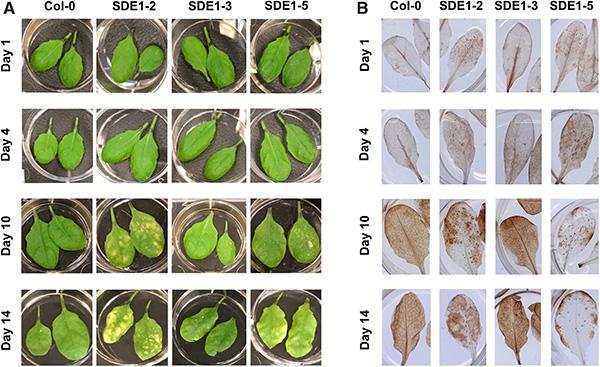
Credit: Kelley J. Clark, Zhiqian Pang, Jessica Trinh, Nian Wang, and Wenbo Ma
Citrus greening disease, also known as Huanglongbing (HLB), is devastating to the citrus industry, causing unprecedented amounts of damage worldwide. There is no known cure. Since the disease’s introduction to the United States in the early 2000s, research efforts have increased exponentially. However, there is still a lack of information about the molecular mechanism behind the disease.
“Getting into the molecular details behind what contributes to citrus greening symptom development and disease progression is key to finding sustainable solutions to combat the pathogen,” explained plant pathologist Wenbo Ma. “We bring the community one step closer to understanding these mechanisms with our research.”
Ma and her colleagues at the University of California and the University of Florida used molecular plant pathology approaches to dissect the mechanisms of the ongoing tug-of-war between the citrus host and the bacterial pathogen that causes citrus greening disease.
“To understand how the bacterial pathogen causes citrus greening disease, we studied the function of effectors produced by the pathogen that can directly affect citrus,” Ma explained. “We demonstrated that one of the effectors promotes bacterial colonization and disease development in citrus. Our studies indicate that this likely occurs by the pathogen’s manipulation of host senescence (process of aging). “
Host senescence has been shown to be manipulated by other pathogens, but this is the first indication that it plays a role in citrus greening disease progression. They hope this knowledge will help agricultural systems enhance resistance to this disease and stimulate research on the molecular plant pathology aspect of citrus greening disease.
###
For more information about this study, read “Sec-Delivered Effector 1 (SDE1) of ‘Candidatus Liberibacter asiaticus’ Promotes Citrus Huanglongbing” published in the December issue of MPMI.
Media Contact
Ashley Bergman Carlin
[email protected]
Related Journal Article
http://dx.




